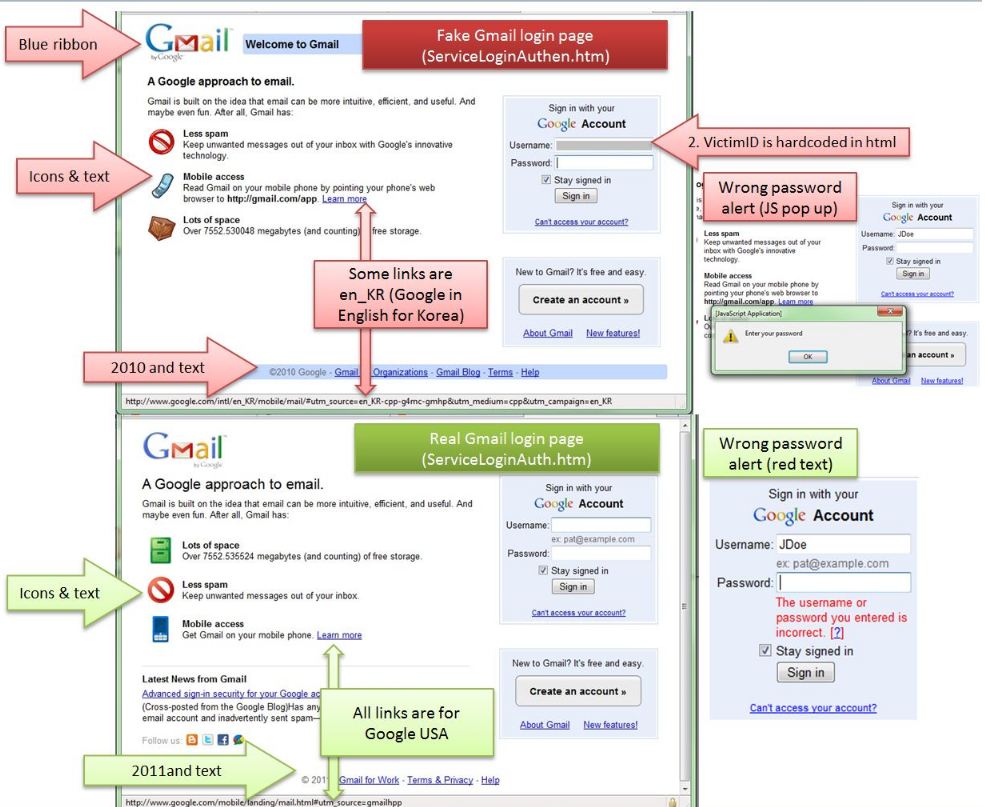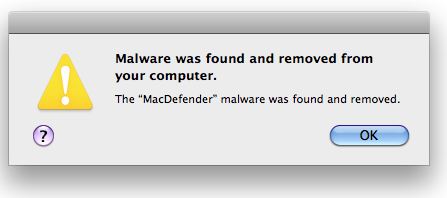Computer crooks stole at least $139,000 from the town coffers of Pittsford, New York this week. The theft is the latest reminder of the widening gap between the sophistication of organized cyber thieves and the increasingly ineffective security measures employed by many financial institutions across the United States.
 The attack began on or around June 1, 2011, when someone logged into the online commercial banking account of the Town of Pittsford, a municipality of 25,000 not far from Rochester, N.Y. The thieves initiated a small batch of automated clearing house (ACH) transfers to several money mules, willing or unwitting individuals in the U.S.A. who had been recruited by the attackers prior to the theft. The mules pulled the money out of their bank accounts in cash and wired it to individuals in Saint Petersburg, Russia and Kiev, Ukraine via transfer services Western Union and Moneygram.
The attack began on or around June 1, 2011, when someone logged into the online commercial banking account of the Town of Pittsford, a municipality of 25,000 not far from Rochester, N.Y. The thieves initiated a small batch of automated clearing house (ACH) transfers to several money mules, willing or unwitting individuals in the U.S.A. who had been recruited by the attackers prior to the theft. The mules pulled the money out of their bank accounts in cash and wired it to individuals in Saint Petersburg, Russia and Kiev, Ukraine via transfer services Western Union and Moneygram.
Over the next four business days, the thieves initiated another three fraudulent batch payments to money mules. Some transfers went to money mules who owned businesses, such as a $14,750 payment to Mission Viejo, Calif. based Art Snyder Software. Most money mules were sent payments of less than $5,000.
Pittsford town supervisor William Carpenter said the FBI is investigating the incident, and that many of the details of how the attackers got in remain unclear. He said the FBI told him the thieves most likely stole the town’s online banking password using a banking Trojan. He added that the town has recovered just $4,800 of the stolen funds, the proceeds of a single transfer. I left a message with the FBI field office in New York but haven’t yet heard back.
“We have good firewalls and anti-virus software, and we weren’t at all lax in our security systems,” Carpenter said. “We thought we were pretty secure.”
Carpenter said the fraud went undetected for days. He said the town normally does its direct deposit payroll bi-weekly on Wednesdays, and that the first fraudulent transfers happened during a non-payroll week.
















